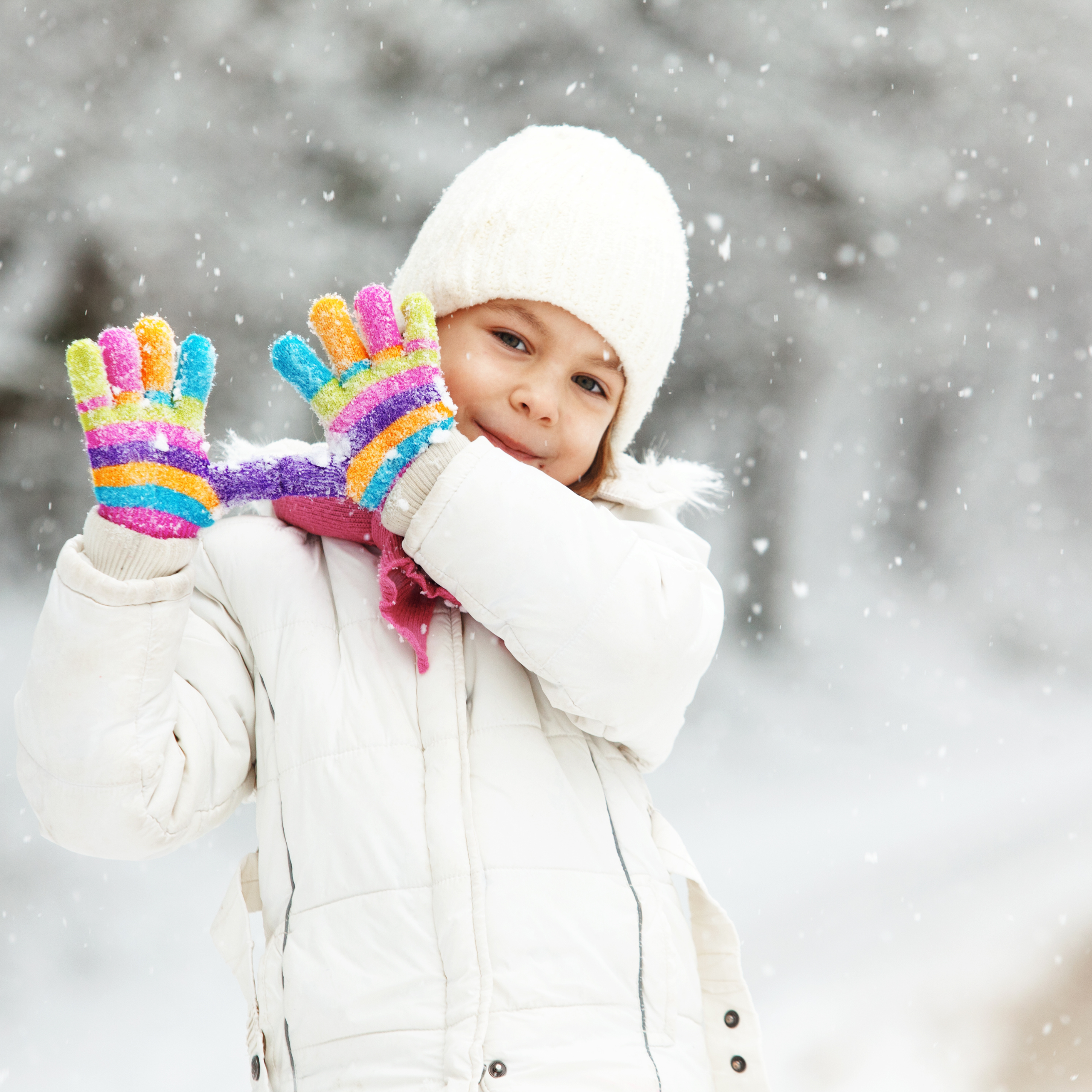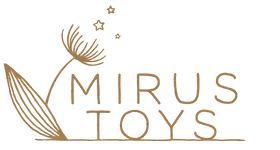Studying Winter Solstice in a Montessori Primary Classroom

The official welcoming of winter and the shortest day of the year, the winter solstice in the Northern Hemisphere takes place on December 21st. This holiday offers the perfect opportunity to celebrate the beginning of winter, to reflect on one’s journey throughout the year, and to study the relationship between the Earth and the Sun.
What is the winter solstice?
The word solstice comes from the Latin words sol meaning sun and sistere meaning to stand still. During the winter and summer solstices, it appears from the Earth that the sun stops moving and then reverses its path. The winter solstice occurs when the Earth’s axis is titled farthest away from the sun. This is when the North Pole is tilted farthest from the sun making it the shortest day (least hours of daylight) for those living in the Northern Hemisphere.
Since prehistory, the winter solstice has been a significant time of year in many cultures and has been marked by festivals and rituals. Spiritually, the winter solstice is a time when people often rest and reflect during the sacred time when everything lays dormant before the awakening of the Earth and the slow progression towards brighter days. Common themes reflected during observances of the winter solstice include:
- Honoring the light and the darkness in the world and within each of us
- Reflection and release in preparation for setting new intentions
Montessori Classroom Activities
- Demonstrate the winter solstice using a globe and a flashlight. Show how certain areas do not receive much sunlight in the winter.
- Go outside and measure students’ shadows at noon on each solstice day and compare them to determine when their shadow was the shortest and the longest.
- Have a circle time with maps, globes, and artifacts discussing winter solstice celebrations from around the world.
- Make a homemade bird feeder or nature garland and watch critters come by to enjoy their treats during a time of the year when finding food is more difficult.
- Make winter solstice lanterns.
- Make orange pomanders.
- Make a homemade yule log.
- Bake sun bread.
- Take nature walks on cold, crisp mornings to follow animal tracks and see the changes the cold brings to the natural world.
- Switch off the lights in the classroom and work by the light of a flickering candle or warm lantern light to make the concept of the long, dark night more real.
- Make some wassail to enjoy together.
- Make a tree offering by sprinkling seeds or cornmeal at the foot of a tree outside and saying, “Leaf to leaf, root to root, seed to seed. May all that we have be all that we need.”
- Decorate the classroom environment with cuttings of rosemary, bay, holly, ivy or fir, asking each child to name a blessing for the year and then singing “Deck the Halls.”
- Introduce the story of the Kachinas (kachina dolls) from the Hopi Tribe of North America to students and let them make their own.
- Practice a Winter Solstice dance from the Hopi Tribe of North America.
- Sing songs about light such as “Light is Returning” by Charlie Murphy, “Mr. Sun” with Charlie Hope, and “This Little Light of Mine”
- Host a Festival of Light or other winter solstice tradition.
- Have a winter feast or foods in season, fresh, and local. If you did something similar for the summer solstice, ask your students to compare the foods, discussing how the sun affects what we do and eat.
Montessori Classroom Materials
- Seasons wheel
- Perpetual calendar with seasons
- Celebration sun
- Seasons three-part cards (included with our seasons wheel listed above)
Books
Resources
- National Geographic Kids - What’s the winter solstice?
- National Geographic Kids - Winter Celebrations
- Scholastic - Winter Books & Activities
- Britannica Kids - Solstice
- Britannica - 7 Winter Solstice Celebrations From Around the World
About the Author
Heather White, EdS, is a Montessori Coach & Consultant, a Montessori teacher trainer, and a blog writer and content creator. Formerly, she was a Montessori teacher, Lower Elementary coordinator, associate head of school, and a Montessori nanny/in-home teacher. She also has experience as a School Psychologist intern. She is AMS credentialed (Early Childhood, Elementary I) and is a Nationally Certified School Psychologist. Contact her at hpratt@stetson.edu.